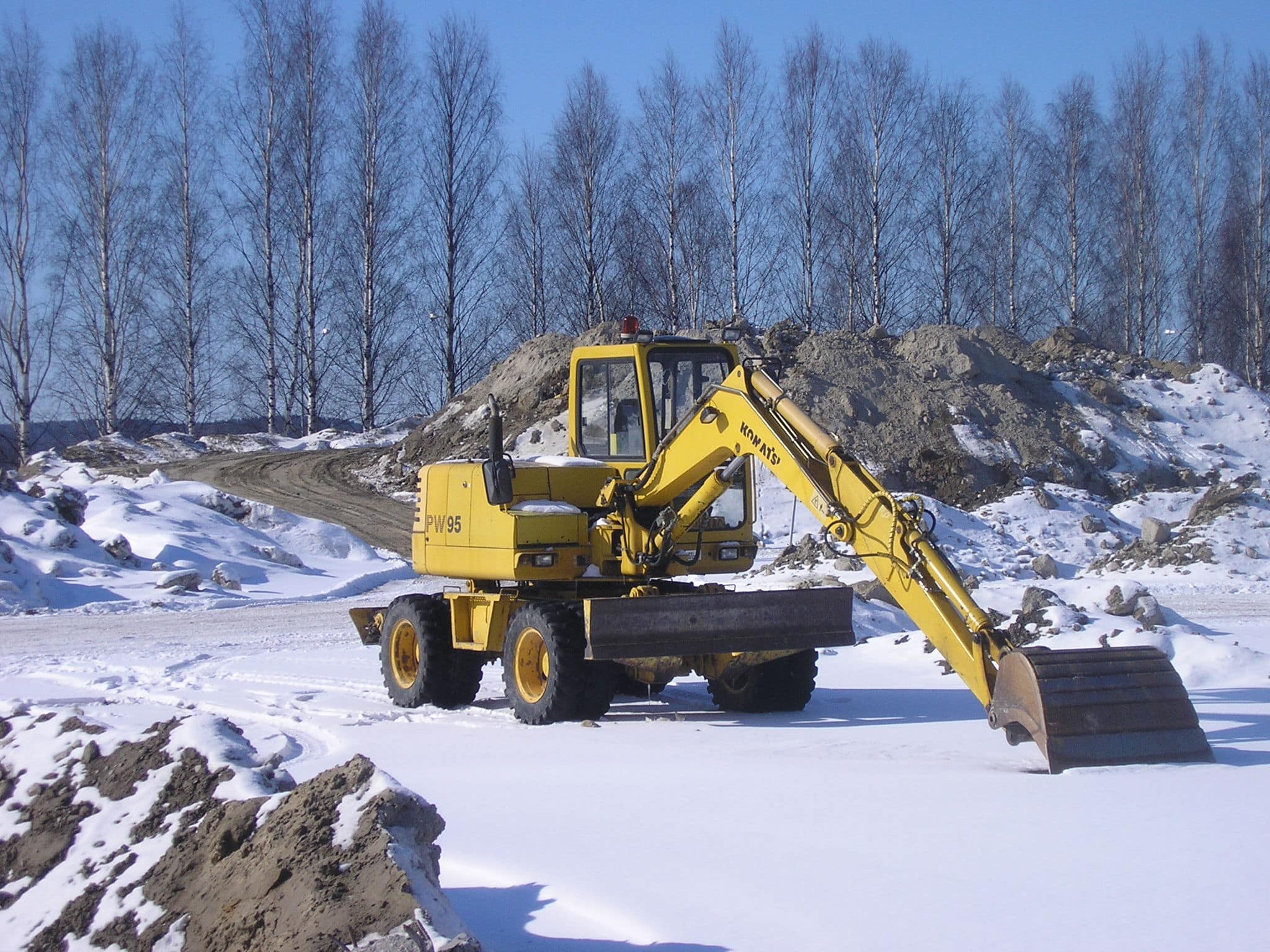Buying a generator for a home or business can be expensive — especially considering that this piece of equipment may be useful only on the rare occasion that the power goes out.
While some generators are small enough to run just the essentials, like a refrigerator, others are designed to power an entire home or commercial building. These are expensive, not only to purchase but also to run, but miss the list of most expensive construction equipment.
This is why many people opt instead to rent generators as needed. There are several benefits associated with rental, aside from reduced upfront pricing. Rental generators are sure to be well-maintained, and customers have the flexibility to get the right equipment for their needs.
Generators are useful for events where no power supply is accessible or for construction projects that have a limited term. Often, renter’s insurance is offered to protect renters against damage or loss.
In other words, there are many reasons why residential, commercial, and industrial customers might want to rent generators. It’s a great niche to focus on if you want to start a rental business.
Having the right equipment, pricing, and marketing strategies can help you get your business off the ground.
What do you need to get started? Here’s how to start a generator rental business of your own.
Assess the Local Market Landscape for Generator Rentals
Before you really get into the nuts and bolts of how to start a generator rental business, it’s best to research the local market and make sure there are opportunities for your venture to thrive. Start with some competitive research.
How many other companies in your area offer generator rentals? Chances are you’ll find several types of businesses that would compete with you in this area – ranging from hardware stores that rent or sell small units for residential use, to larger companies catering to commercial, industrial, and construction projects.
You need to consider who you plan to cater to, whether there’s a niche you can fill, and who you’ll be competing against.
This is a good time to consider your startup costs as well. If you’re renting to local residents, the equipment and costs may be considerably lower than if you plan to serve commercial or industrial clients or target event companies or concert venues.
You also need to assess the demand for generators in your area. Who needs them and how often? How many options do they have locally and what prices are potential competitors charging?
This information will help you determine how best to go about launching a successful business venture.
Identify The Costs of Starting A Generator Rental Business
When it comes to starting your business, there will be a range of costs to consider. You’ll need to account for all of these various costs in your business plan if you hope to secure adequate funding to get your operation off the ground.
Perhaps the biggest expense in a generator rental business model is the equipment itself, with models ranging from several hundred to several thousand dollars, depending on make and model, size, capacity, and features.
Which types of generators do you intend to rent out? How many of each will you need to get started?
Next, you’ll need to consider a commercial space. If you elect to run your business online, you may require only a warehouse (to store equipment when not in use), along with appropriate devices and software to manage bookings, inventory, and payroll.
If you want a storefront, you’ll have the cost of leasing office space. You may need to
outfit your space and hire employees, adding to your startup costs and ongoing overhead.
Don’t forget essentials like the cost of setting up a DBA and corporate structure (LLC, S-Corp, etc.), insuring your location and/or inventory, security, and so on.
Every expense should be factored in, along with operating costs for up to a year or more while you get your business going.
Rent Commercial Space for Your Business
Leasing can be expensive, so it’s important to find the right commercial space. You don’t want to pay for an oversized warehouse, complete with utilities, if you’ll fill only a third of it with inventory.
The first thing you should decide is if your generator rental business needs a storefront for walk-in customers and pick-ups or just a warehouse from which you’ll ship out equipment for bookings.
From there you’ll need to consider your inventory, including the size and quantity of units. Can some of it be shelved? This may require you to know weights and add appropriate shelving and moving/lifting equipment like a forklift.
You might be interested in having room to grow, but don’t get too far ahead of yourself. If your business really takes off, you can always move to a larger space. You don’t want to fail because you’re paying too much for a lot of unused square footage.
Choose the Right Products to Offer for Rent
The equipment you offer for rent needs to meet customer demand, and if you’ve done your market research properly, you’ll have a good idea of who you’re catering to and what potential demand looks like.
This can help you determine the brands, models, and types of generators you’ll need to get your business started and satisfy your customers. With the right products, generator rental can be one of the most profitable rental businesses out there.
Of course, you should also think about possible seasonal fluctuations. If you live in a winter climate and you’re renting primarily to construction teams, you might see significant demand only during the summer months. The same could be true of party/event rentals.
Or you might rent out residential generators during the winter months if outages are common in your area. Knowing this could help you to secure the right equipment in the right quantities long before you ever start scheduling rentals.
Choose the Right Software Solutions
If you’re going to start a generator rental business, you’ll need the right online platform to manage it. First and foremost, you’ll need software designed to track inventory and manage bookings.
Your platform should integrate seamlessly with other software you’ll need, such as QuickBooks for accounting, Avalara for automated tax compliance, Google Analytics for online marketing, and more. What else should your software provide?
Types of Software and Features You’ll Need
The right business management software for your generator rental operation should include a number of key features, such as:
- Inventory and registration management
- ECommerce storefront integration
- Renter login portals
- In-store point of sale (POS) systems
- Data reporting
It’s important that you have the right digital tools to easily make sales, get paid, track inventory, provide convenience for customers, and track the health of your business.
Create a Website and Marketing Strategy to Get Your Business in Front of Customers
Whether you run a physical storefront or not, it’s imperative that you build an online arm for your operation. Customers often perform online research before making buying decisions, and you need a website if you want to be competitive.
For customer convenience, the option to book rentals online is vital, and this requires a CMS or plugin that allows to you take orders and accept payment.
Your website is also a great starting point for digital marketing. It not only acts as a point of interaction and sales online, but when properly optimized, it can attract visits from targeted demographics — consumers seeking your goods and services.
Marketing efforts could include search engine optimization (SEO), content marketing, pay-per-click (PPC) and/or display advertising, social media marketing, and more.
Tracking the right KPIs for your rental business can help you refine your marketing efforts over time.
With extensive research and a comprehensive business plan that includes information about market demand and competition, starting costs, equipment purchases and rental pricing, a commercial lease, software, and marketing, you have the best opportunity to impress lenders and secure needed startup funding for your generator rental business.
Quipli’s rental business software provides the tools to manage orders, payments, inventory, and more. Book a demo today to learn how it elevates your business.
Learn About Quipli’s rental Software




